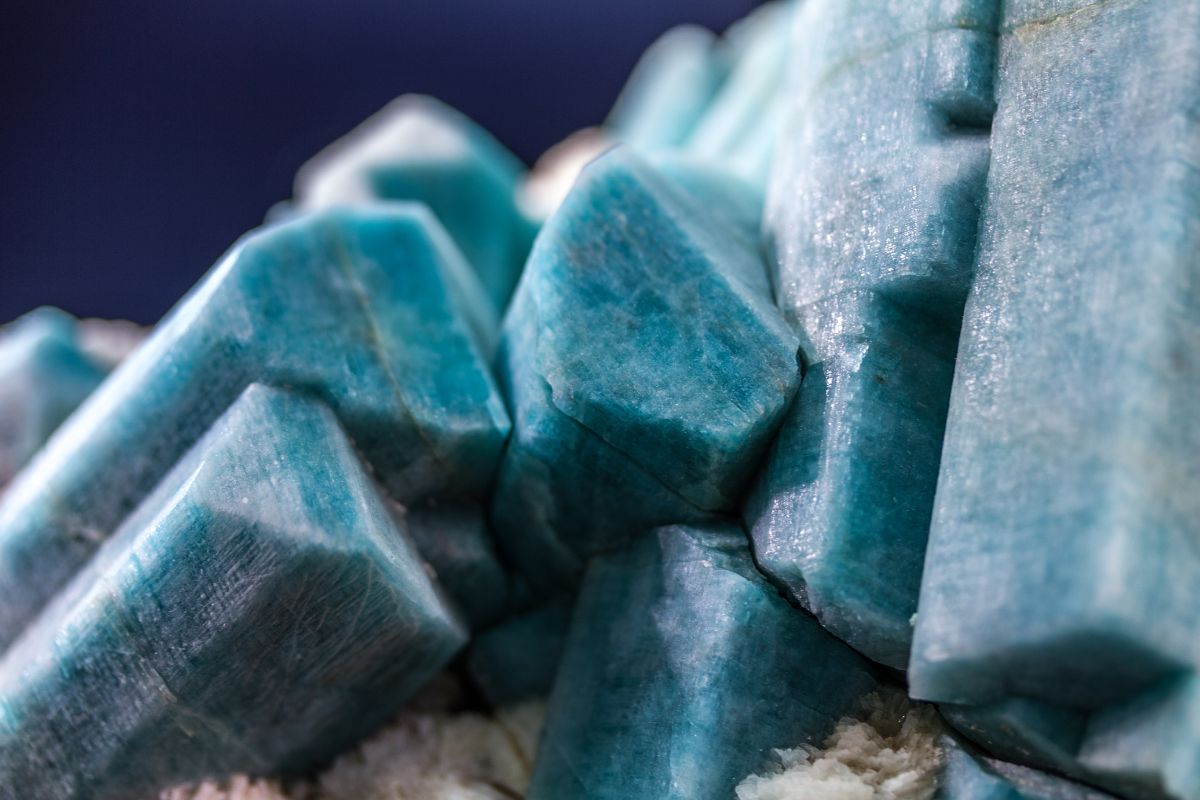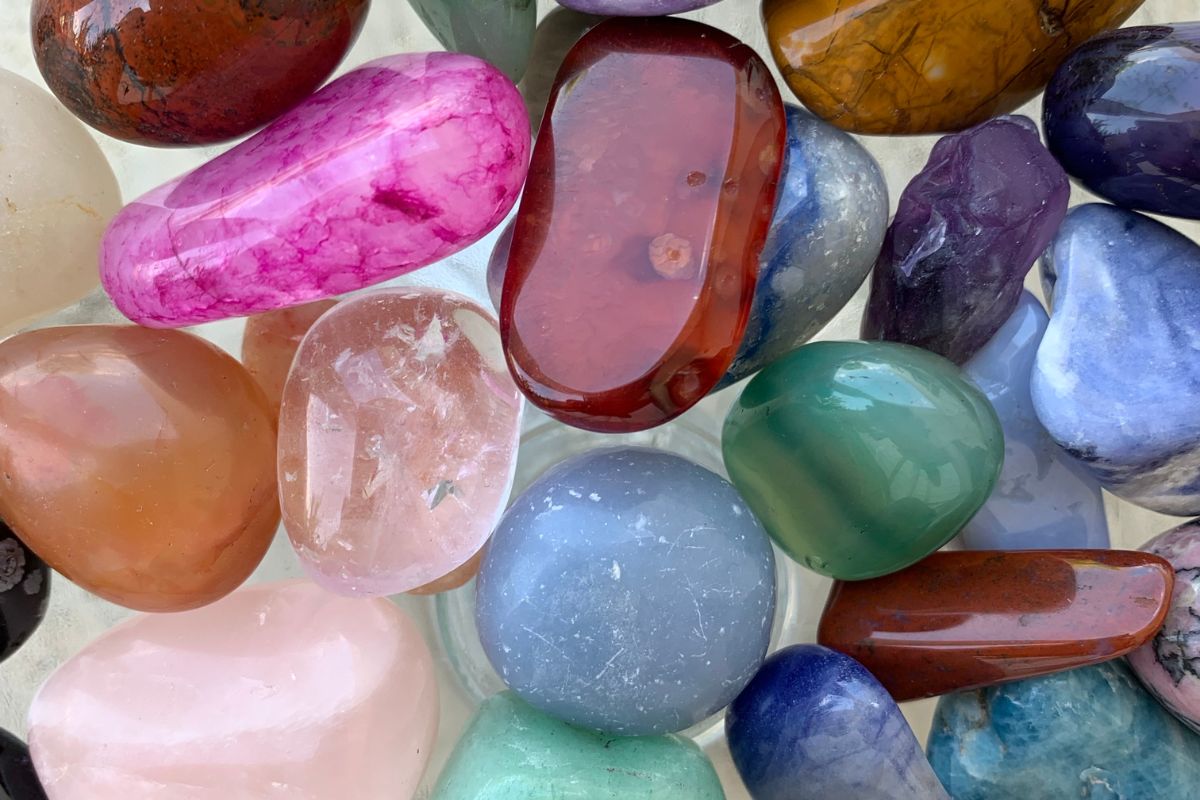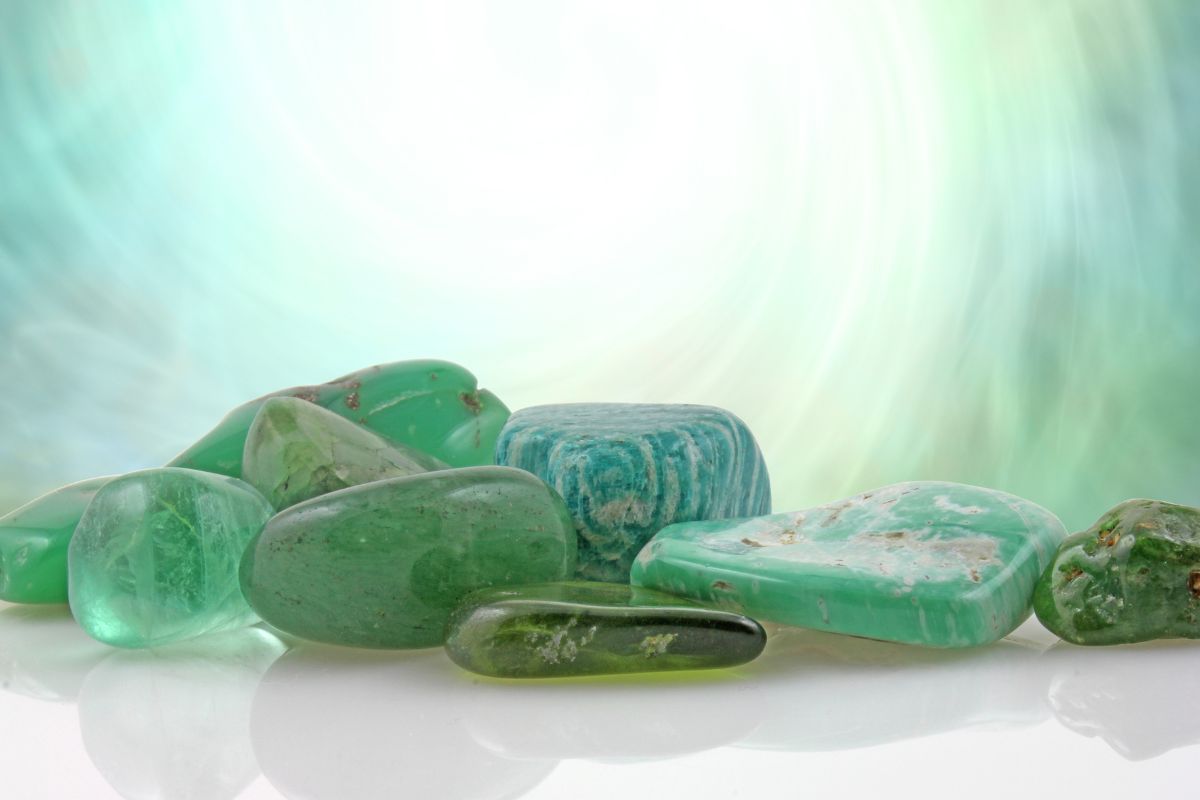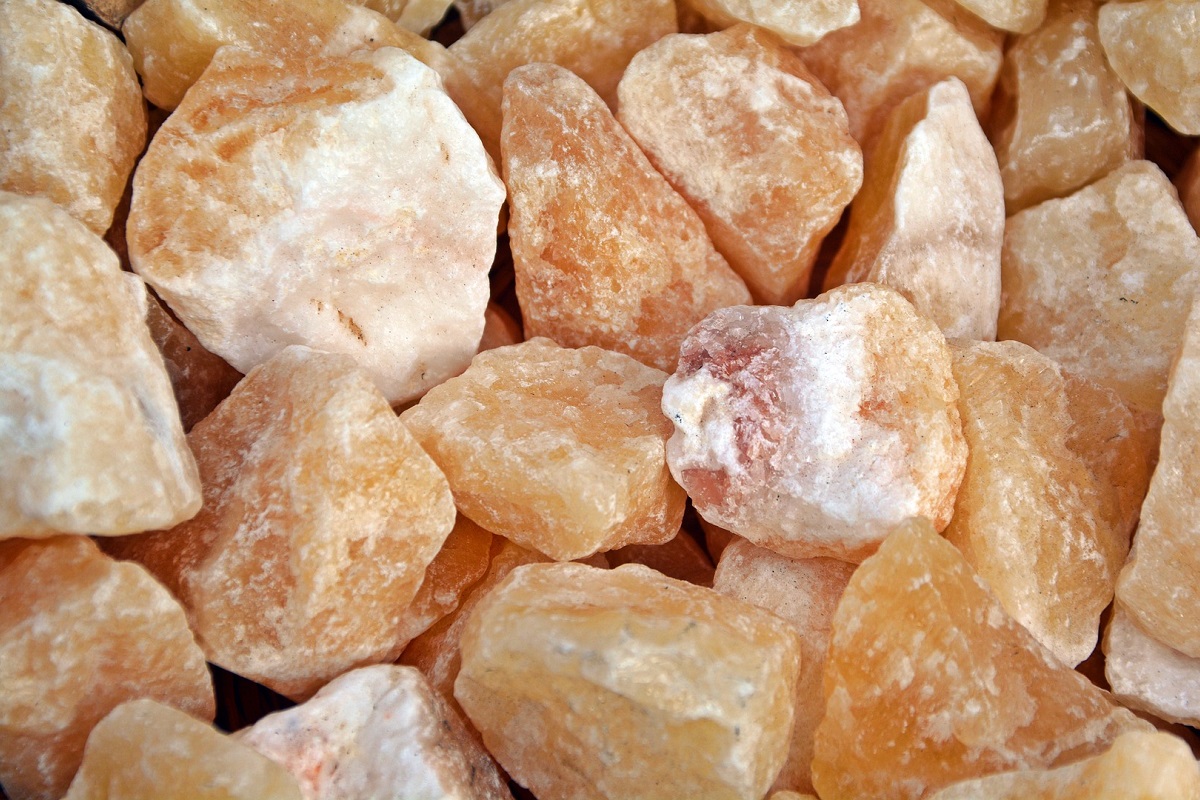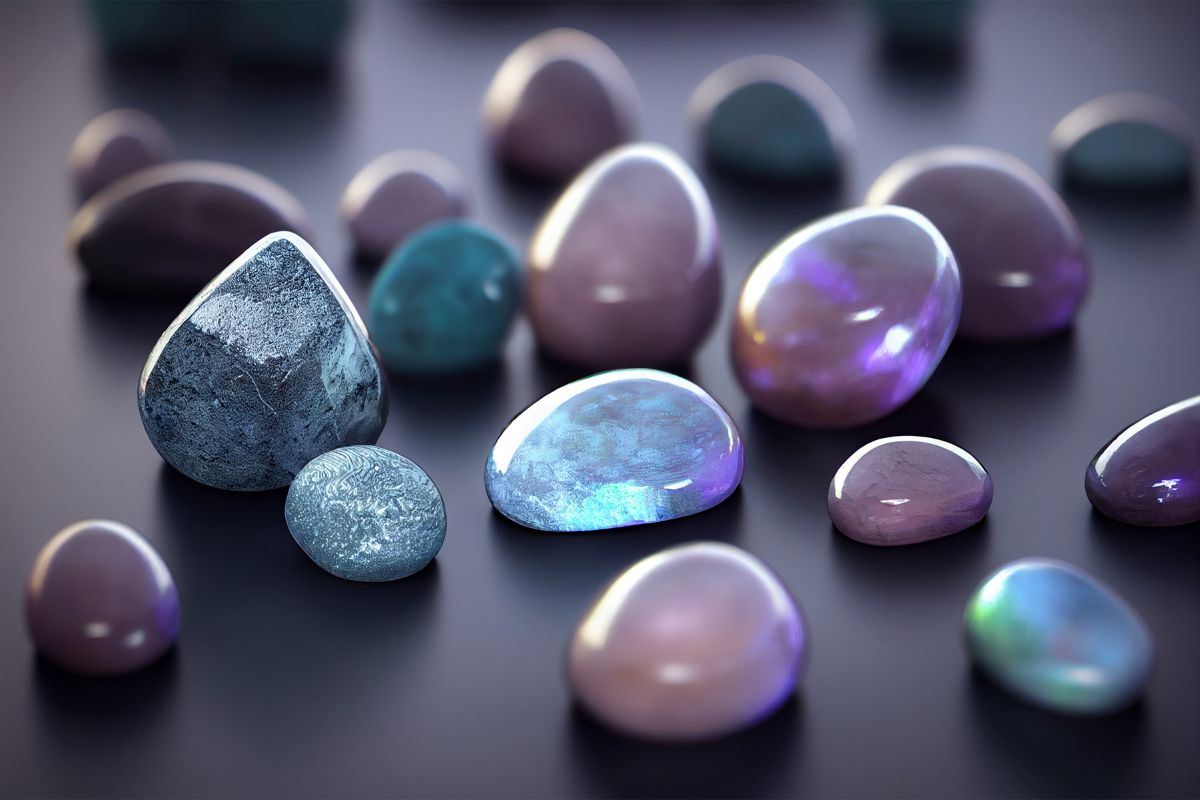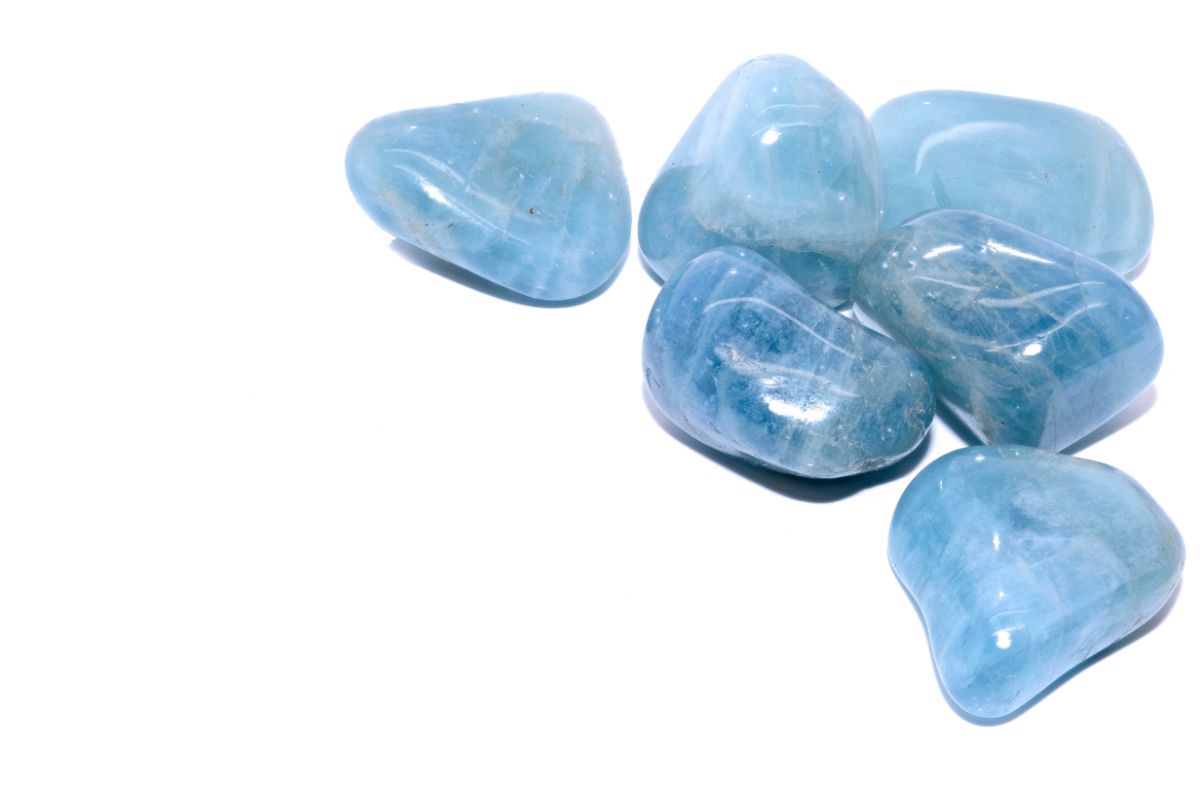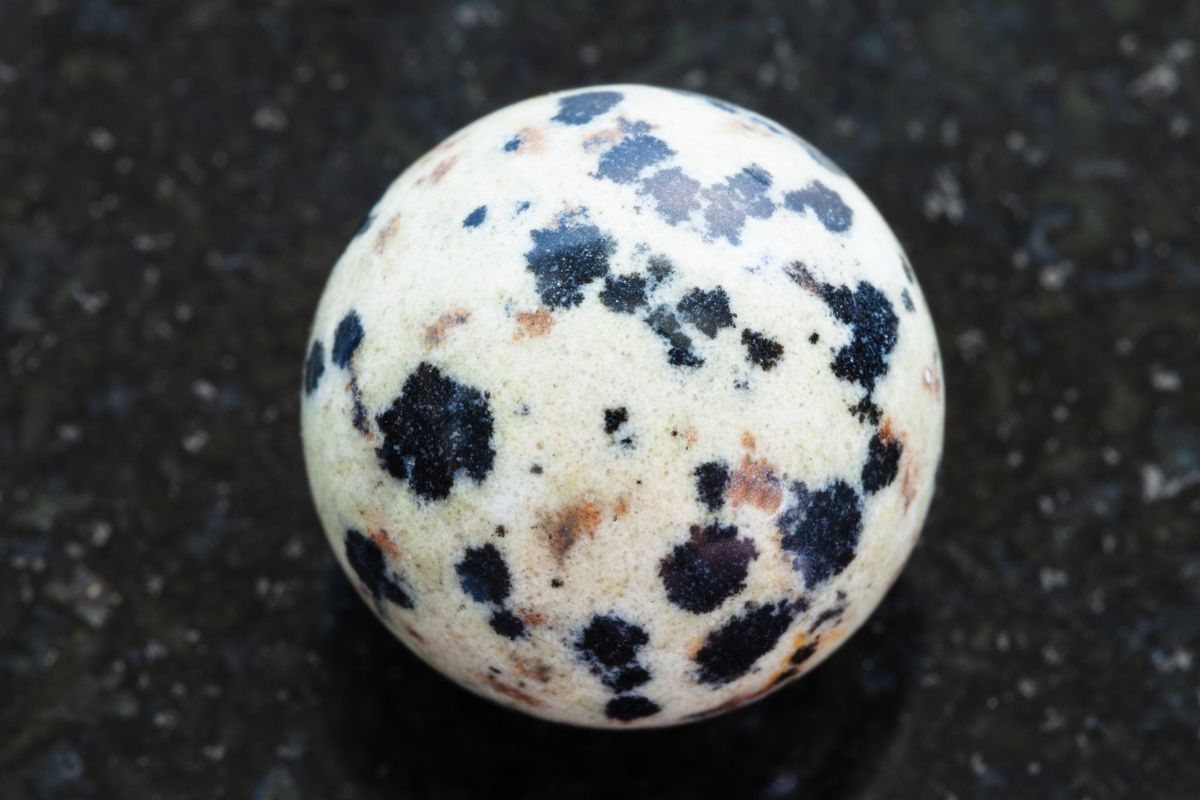A vitreous formation forged by the tension between extreme heat and extreme cold, obsidian has to be one of the most amazing rocks found on or in planet Earth, and it just so happens that it’s gorgeous too!
The silky black sheen and natural swirling of obsidian’s glassy structure make it a sight to behold, but this magical rock ain’t just for lookin’ at.
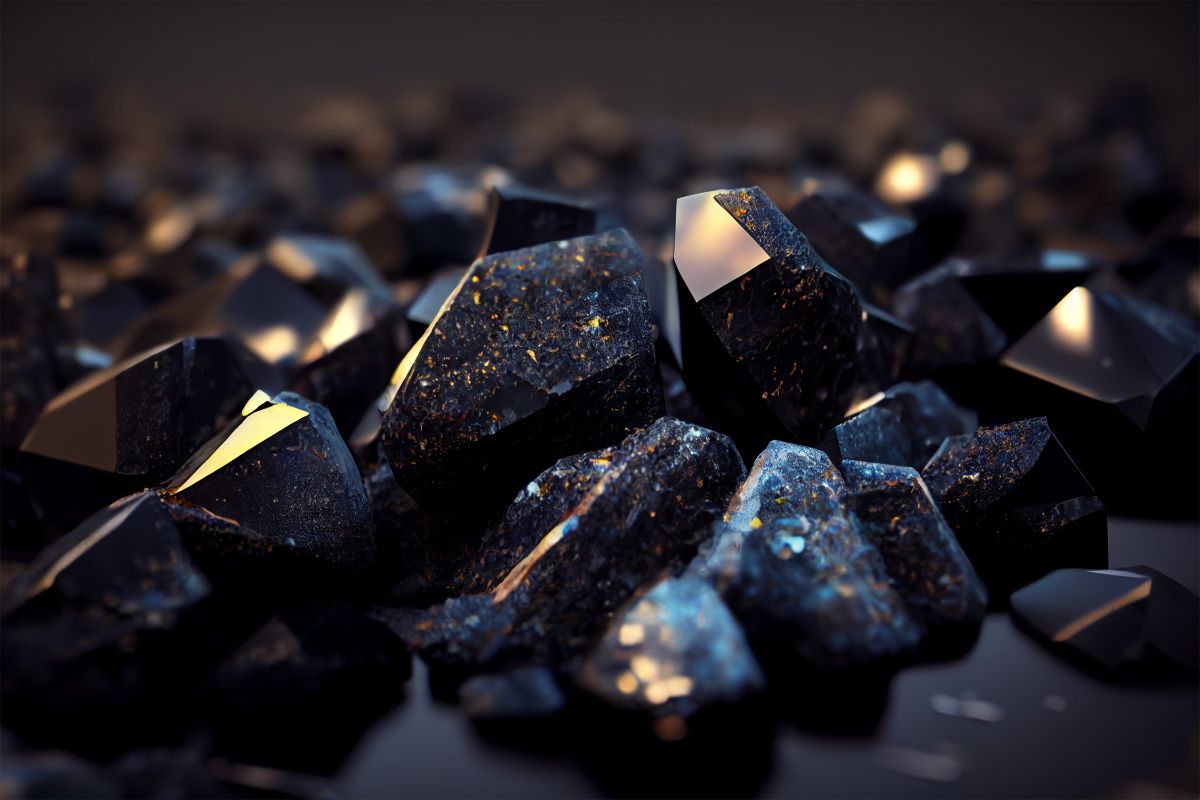
Historically, it was used to forge weaponry, and while that’s thankfully no longer necessary, many crystal enthusiasts believe it has a myriad of special properties that can improve our lives.
As such, you wouldn’t be the first to wonder if you can somehow make this gorgeous volcanic glass yourself. Unfortunately, this can’t really be done, but that’s not to say that obsidian cannot be synthesized.
How Is Obsidian Made?
The number one reason why we cannot make our own obsidian is that it starts out as magma beneath the Earth’s surface. Once extruded by a volcano, this lava has the potential to turn into a number of different rock formations.
Which form wins out in the end is determined by the type of lava and the surrounding environmental conditions.
Obsidian requires a very cool atmosphere that solidifies felsic lava so quickly that there is simply no time for all that much crystallization to occur, leading to that dark and dreamy form we know and love.
It’s not necessarily only cold air that can transform lava into a glassy substance, but anything cold. For instance, felsic lava flow that reaches a water’s edge will often be rife with obsidian formations due to the cooling effect of the water.
While we associate obsidian with a jet black color, the dark base can also be interwoven with threads of glassy gray, green, or yellow.
What’s more, specimens that contain an abundance of tiny gas bubbles can have a subtle golden undertone, while others with a high level of iron impurities will appear more brown or red.
How Is Obsidian Synthesized?
The synthesis of obsidian is only a very recent discovery, and the source material for such a process may surprise you. To whip up some man-made volcanic glass, you’ll need to get your hands on a heaping helping of toxic waste!
Yep, that’s right, folks; synthetic obsidian is derived from the stuff that everyone wants rid of, meaning we have a new way of disposing of this intractable stuff in a manner that doesn’t do harm to our shared home.
This rather stunning byproduct of chemical waste was discovered by a Dutch chemist who realized that you could extract usable resources from chemical waste by superheating it until it reached the melting point of the valuable materials.
All that would be left behind in the industrial oven after said materials had been removed from the equation was ashes… nasty ones at that!
So, the chemist did what any of us would, and instead of trying to dispose of the chemical waste’s waste, they superheated it all over again, and to their surprise, the ashes melted too.
When this liquid cooled down and solidified, it resembled natural volcanic obsidian, although, strictly speaking, it has a very different composition.
Synthetic obsidian has a glassy luster, resonates like a metal when struck, is stone-heavy, and feels remarkably cold, yet has the ability to soak up both light and heat efficiently.
Designers Lonneke Gordijn and Ralph Nauta of Studio Drift caught wind of this groundbreaking process and decided to collaborate with the discoverer in order to create art and spread awareness using synthetic obsidian.
They call this melding of minds The Obsidian Project.
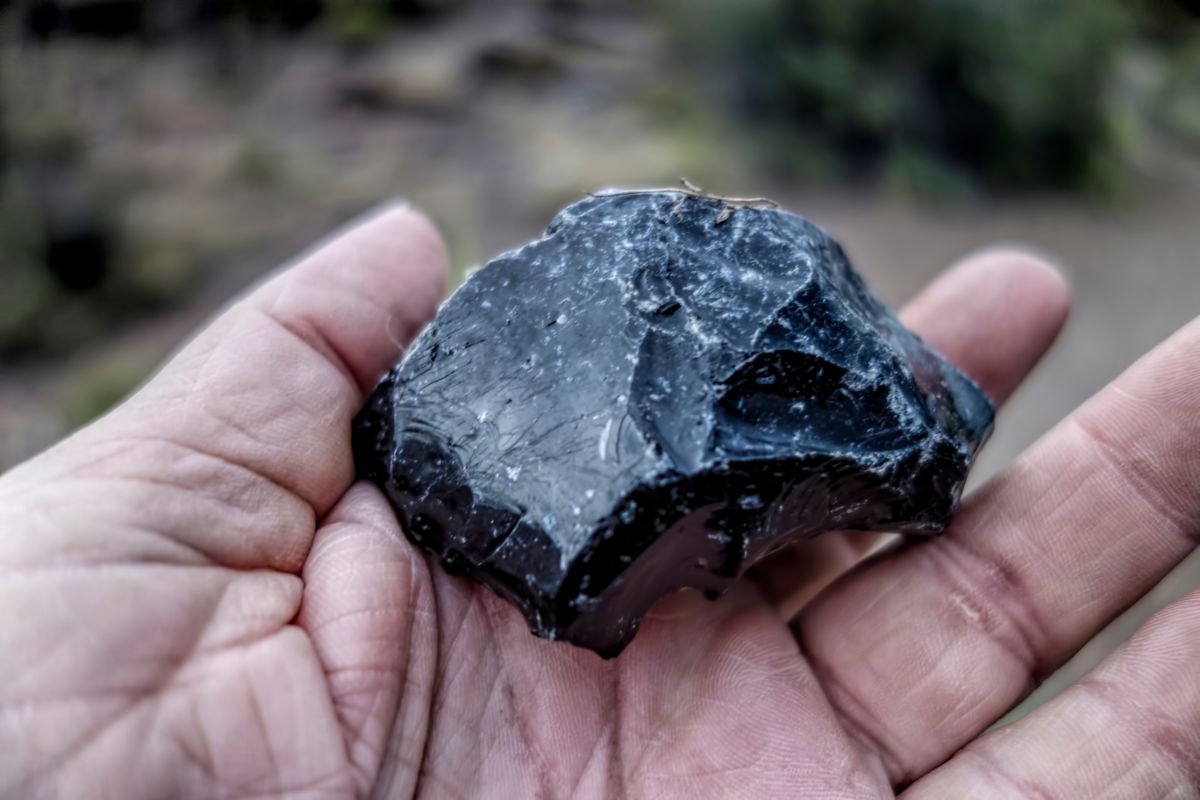
What Is The Obsidian Project?
Gordijn and Nautua had an epiphany… why not take this liquid ash, decant it into a mold, and use it to make various pieces of art and furniture?
Now, if you’re anything like me, your first thought was one of disgust at the idea of having chemical waste furniture in your home, but get this… this material is completely safe (see also ‘Growing Crystals: How To Make Beautiful Crystals At Home‘)!
We’re of course right to be wary of anything to do with chemical waste, but extensive testing has shown synthetic obsidian to be 100% safe, green lighting The Obsidian Project, which, thus far, has involved the two designers forging a series of large synthetic obsidian mirrors.
Can You Buy Obsidian?
While the mirrors from the obsidian project are not for sale (not for a reasonable amount anyway), you can absolutely buy natural obsidian, and it won’t break the bank either!
If you’re more of an adventurous crystal enthusiast, you’ll probably enjoy the challenge of trying to find your own natural obsidian out in the wild.
Why You Should Add Obsidian To Your Crystal Collection
Obsidian offers up a powerful force of protection and healing. Its sharp edges help us pierce the cocoon of gloom and darkness that all too often encapsulates our lives, so that we might see through to the light and move on, becoming more fully realized people all the while.
Closely linked to the root chakra, obsidian is a great harmonizer, balancing our energies and grounding us, which is when we’re strongest and most courageous.
Obsidian keeps the mind sharp as its edges and can help us make tough decisions in life and is said to have a number of beneficial physical effects too, such as improved circulation, better digestion, and faster healing.
Obsidian strips away falsity and reveals us to ourselves. It emboldens us to seek truth and protects us from negative energy as we do so.
Final Thoughts
We may not be capable of making obsidian ourselves, but this mirror-like igneous formation can be purchased online for a reasonable price or found in areas with volcanic activity.
Some may be repelled by its darkness, but by embracing it, the protective cloak of obsidian falls upon our shoulders, and we’re compelled to finally move forward, with the trauma of the past dissolving in our wake.
Of all the crystals out there, it’s most important to carry obsidian with you wherever you go, as with the healing qualities of this rock alone, we can overcome great obstacles and achieve truly unimaginable things.
- 15 Crystals That Cannot Be Exposed To The Sun - January 7, 2024
- Malachite Vs Fuchsite – Benefits And Uses - January 7, 2024
- Malachite Vs. Green Jasper: Benefits And Uses - January 7, 2024

